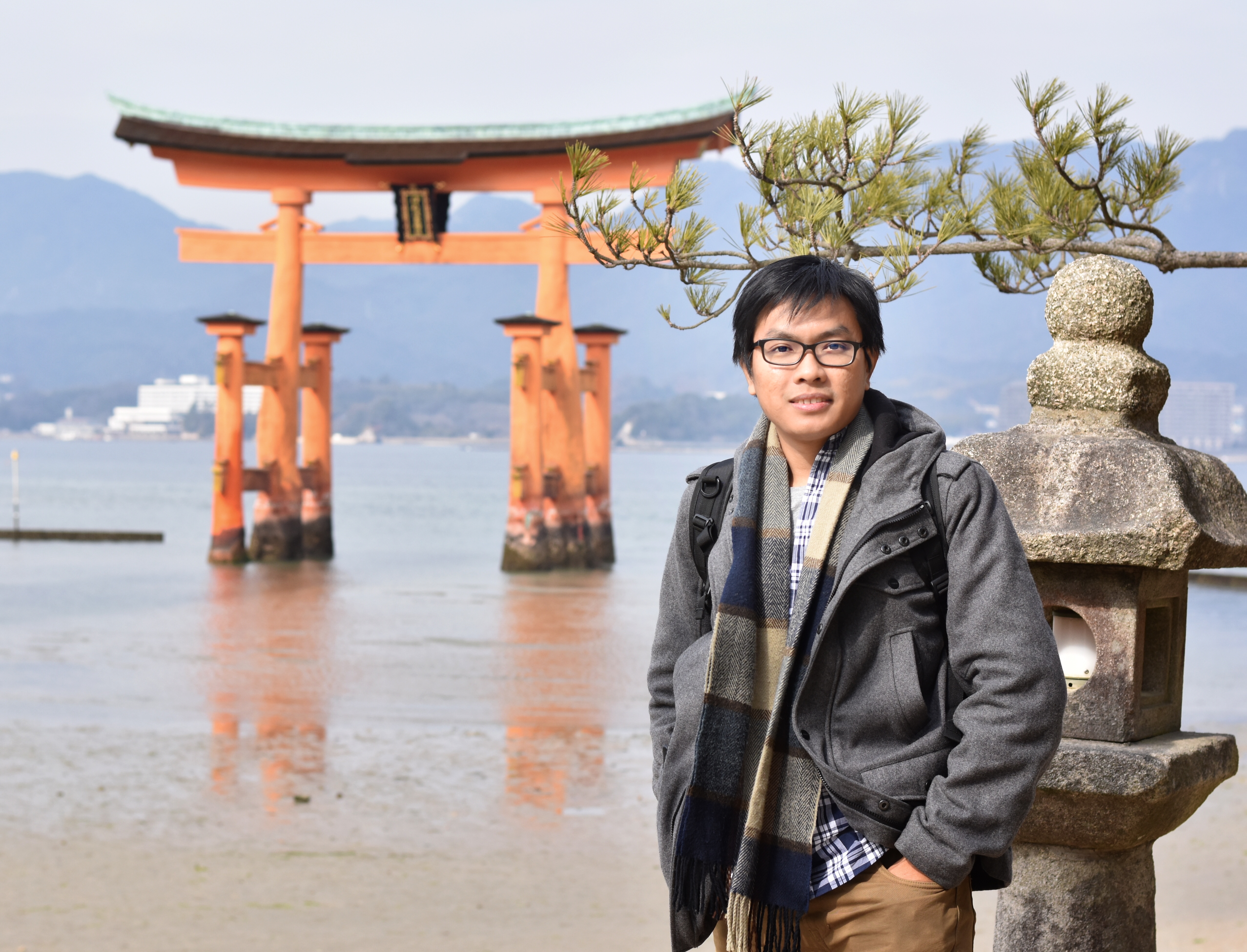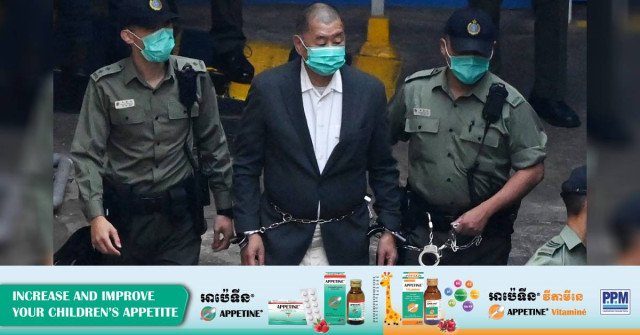Urgent Action Needed to Restore the Tonle Sap’s Imperiled Ecosystem

- By Sao Phal Niseiy
- August 11, 2021 6:30 PM
Chou Phanith, professor at RUPP’s Department of Natural Resource Management and Development, sat down with Cambodianess to discuss the future of the Tonle Sap Lake and action needed to save it
Sao Phal Niseiy: The Tonle Sap Lake was listed a UNESCO Biosphere Reserve in 1997 and is the largest freshwater lake in Southeast Asia, but there have been a lot of changes to the ecosystem and local people have raised concern over the environmental degradation and the decline of fish catches. What do you think of this? Are we reaching an irreversible end when it comes to saving the Tonle Sap Lake from a peril?
It is very obvious that Tonle Sap Biosphere Reserve has changed its hydrology leading to change ecosystem functions for fish habitat, flooded forest, sediment, and pollution. It significantly influences the fish population and other biodiversity such as algae, higher plants, amphibians and reptiles and birds. The consequences will not only impact the 1.7 million people who depend on natural resources in the Tonle Sap Biosphere Reserve, but it also extends its impact to other provinces downstream of the Mekong River. It is indeed critical and urgent to save the Tonle Sap Biosphere Reserve using a holistic approach rather than fragmented small-scale projects.
Sao Phal Niseiy: Could you please tell us a little bit more about the existential threats facing the lake’s biodiversity that need urgent actions?
Hydrology change from the upper Mekong River system, the water budget and water flow have not come by this season and flows have been very low, it has created critical impacts for the habitats of fish and some areas are too dry, leading to forest fires that cause the destruction of bird sanctuaries and agricultural fields of the people. This also leads to movement of the workforce, creating labor shortages in intensive agricultural activities.
And there are other existential threats facing the Lake’s ecosystem. First, it is reverse impact from agricultural land expansion and irrigation systems. This contributes to a decline in wild fish production due to the fact that water volume is also decreasing.
The use of agrochemicals is also a huge problem. It includes the use of pesticides and fertilizer, and this critically affects fish habitat and fish production. Furthermore, it contributes to a reduction of soil fertility and damages micro-organism for agricultural cultivation
Another threat is pollution. Urban and domestic liquid waste is not treated well before being discharged into bodies of water, creating water pollution and increasing toxins flowing into agricultural land.
Last but not least, I would say, is extreme weather events such as droughts and floods. Most importantly, drought limits agricultural production and productivity among the farmers in the region.
Sao Phal Niseiy: Many warned that the unprecedented changes in water levels, along with extreme weather events, have been jeopardizing the future of the lake and its capacity to maintain food supplies. What do you think?
Yes, I just mentioned above the impact from water level change has now become the most critical problem for the Tonle Sap Biosphere Reserve. The water has come later than previous years leading the water flow to other small streams limited. The vegetation along the river bank cannot get enough water to survive or become a suitable habitat for fish. The fish catches have plummeted rapidly, and with this condition, we have to import large amounts of fish from Thailand and Vietnam.

Sao Phal Niseiy: There have been recent studies indicating that not only climate change and existing hydro dams threaten the ecosystem of the Tonle Sap Lake, but the rapid expansion of agricultural activities also creates a lot of problems, and not many policymakers have paid attention to that. What do you think?
Chou Phanith: There is a trend of land reclamation for dry rice agriculture, especially in Siem Reap and Kampong Thom provinces. Some people expand their farmland to the flooded forest area of the Tonle Sap Biosphere Reserve. The government has taken serious action, but farmers and people from outside communities have still tried to find the chance to take the land for agriculture or other purpose.
Sao Phal Niseiy: I have seen that you have also raised the importance of integrating Tonle Sap Lake’s biodiversity into teaching and learning program. What does this mean exactly? Why is doing so important in contributing to the protection of the Lake and its ecosystem?
Chou Phanith: Actually, this aims to provide knowledge on biodiversity in Tonle Sap Biosphere Reserve. That includes the overview, the know-how plan for teachers to integrate the approaches of biodiversity into their teaching at lower secondary school and understanding the opportunities, challenges and possible ways forward for improving teaching and learning about biodiversity.
We encourage this integration because environmental education is actually the opportunity for further study, for future career and livelihood of the people. And by doing so, there will more interest in biodiversity, and there of course will be more commitment and motivation among those involved. This can lead to a situation in which actions will be taken at an earlier stage to protect the ecosystem and the lake.
Sao Phal Niseiy: How can we make this integration happen? What do you think can be potential challenges in achieving this integration?
Chou Phanith: I think there needs to be the integration of biodiversity knowledge into the existing curriculum, particularly through lessons. We don’t need to put more burden on teachers or spend a long time creating a new curriculum in this sense. Furthermore, I think we can also start supporting existing Eco-Clubs at schools. This can begin with normal regular activities like exercises and also semester events.
And another critical step is creating school or community competitions for biodiversity conservation activities so that this can encourage more engagement and participation.
Sao Phal Niseiy: Despite the pressing challenges the Tonle Sap Lake faces, as an expert, do you think we can do more to tackle the problems in order to alter the fate of this vital freshwater lake and restore its ecosystem?
Chou Phanith: I think first and foremost we should be enforcing conservation agriculture practices by considering how agricultural value chains can improve local livelihoods and ecological conservation.
It is also imperative to improve agricultural value chains by introducing new technologies and machines. With this being said, it is crucial if smart financial support can be introduced to support people involved.
Another action that needs to be taken is stricter law enforcement in cases when people do encroach on the natural lands or cause biodiversity destruction. In the meantime, fishery communities, whose livelihoods depend on the wellness of the lake, need to be empowered. But it should be noticed that it must start with an ‘adaptive co-management’ approach where all stakeholders are able to actively engage to make decisions and learning by doing.
On the biodiversity front, we need to also encourage awareness raising and education. For example, it is important to have a webpage for school and community competitions related biodiversity issues. And social media like Facebook needs to be effectively used for social interaction among people so that this kind of knowledge can be spread and promoted. Moreover, for long term work, we will also need to inspire active youth campaigns through Eco-Tourism activities and community engagement.















